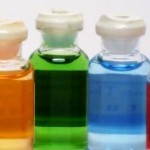 Last month we talked about toxins in cleaning products and how to avoid them. Although having a clean environment is very important for most of us, there is a tendency these days of people worrying also about which chemicals we use when we clean our homes and how dangerous they are for our health.
Last month we talked about toxins in cleaning products and how to avoid them. Although having a clean environment is very important for most of us, there is a tendency these days of people worrying also about which chemicals we use when we clean our homes and how dangerous they are for our health.
In this sense, I think it is important to talk about the perfume we find on our household chemicals.
Before 20th century perfumes were made from natural ingredients (e.g. lemon, lavender,…). As soon as fragrances started to spread and popularised they were started to be made of synthetic ingredients to make them more affordable.
Did you know that 95% of the chemicals used to make only one fragrance are synthetic nowadays? They are usually derived from petroleum, including toxins capable of causing health problems, from allergy reactions to cancer.
Perfume can be found in lots of our regular household products, from cosmetics to cleaning products. And many of the ingredients used to create that perfume are harmful to our health. Here are some of the products that you will need to be concerned about:
– Phthalates: These are used in perfumes and air fresheners; they are endocrine disruptors and can cause hormonal abnormalities, thyroid disorders and reproductive problems.
– VOCs (Volatile Organic Compounds): These again can be found on perfumes, air fresheners, disinfectants and deodorizers. Common names for these are: propane, ethanol, formaldehyde. These are reproductive toxins, neurotoxins, liver toxins and carcinogens.
The symptoms of exposure to this toxins can include: headache, nausea, asthma or allergy attacks, dizziness and many more.
If you would like to avoid products containing these toxins, the best course of action would be to inform your self. Read your cleaning products’ labels and avoid chemicals with fragrances; a clean home doesn’t need to smell of anything in particular.

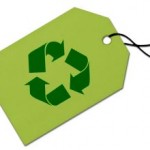
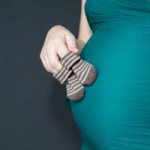


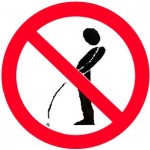
 I don’t know you, but I can’t wait for Christmas this year! There is still one month to go but I can already hear the singing of Christmas carols and the smell of cinnamon and cookies!
I don’t know you, but I can’t wait for Christmas this year! There is still one month to go but I can already hear the singing of Christmas carols and the smell of cinnamon and cookies! Those with children will understand the need to keep our homes safe from hazardous chemicals when cleaning. The safety of our babies come as a priority on everything we do. Many cleaning products contain ingredients that, if inhaled or ingested can cause serious problems. Chemicals such as bleach or air fresheners are the most dangerous ones and they have been linked to and increase on childhood asthma.
Those with children will understand the need to keep our homes safe from hazardous chemicals when cleaning. The safety of our babies come as a priority on everything we do. Many cleaning products contain ingredients that, if inhaled or ingested can cause serious problems. Chemicals such as bleach or air fresheners are the most dangerous ones and they have been linked to and increase on childhood asthma. Spring has arrived and there is no better time for deep cleaning your home than now. Everyone knows the term “spring clean”. For most it means torture, for few it means joy or for the lucky ones it may mean few extra pounds for experienced, agency trained cleaner who will carry out all the hard work for you.
Spring has arrived and there is no better time for deep cleaning your home than now. Everyone knows the term “spring clean”. For most it means torture, for few it means joy or for the lucky ones it may mean few extra pounds for experienced, agency trained cleaner who will carry out all the hard work for you.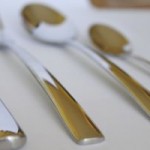 The beauty of silver is also its curse. Although we love silver items for their ability to withstand time, we find ourselves disappointed when after opening that expensive box of silver cutlery we are greeted with stains and discoloring. There is no need to invest in expensive products and silver polishing creams. The contents of your kitchen shelve will do just as well.
The beauty of silver is also its curse. Although we love silver items for their ability to withstand time, we find ourselves disappointed when after opening that expensive box of silver cutlery we are greeted with stains and discoloring. There is no need to invest in expensive products and silver polishing creams. The contents of your kitchen shelve will do just as well.